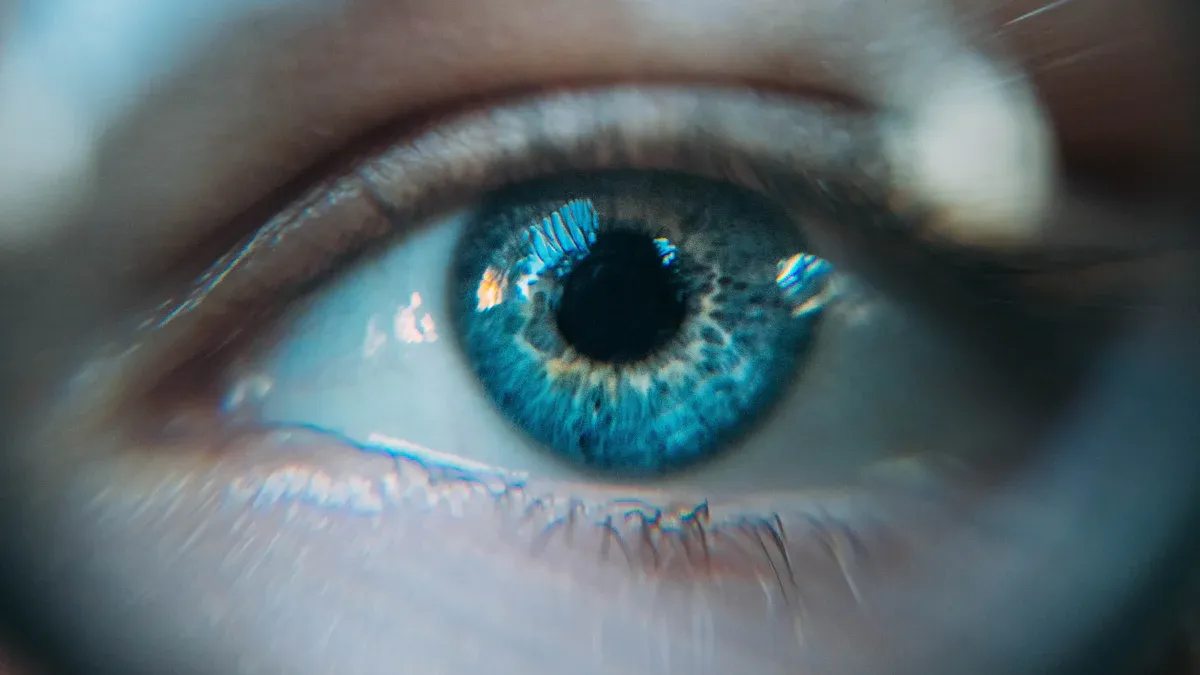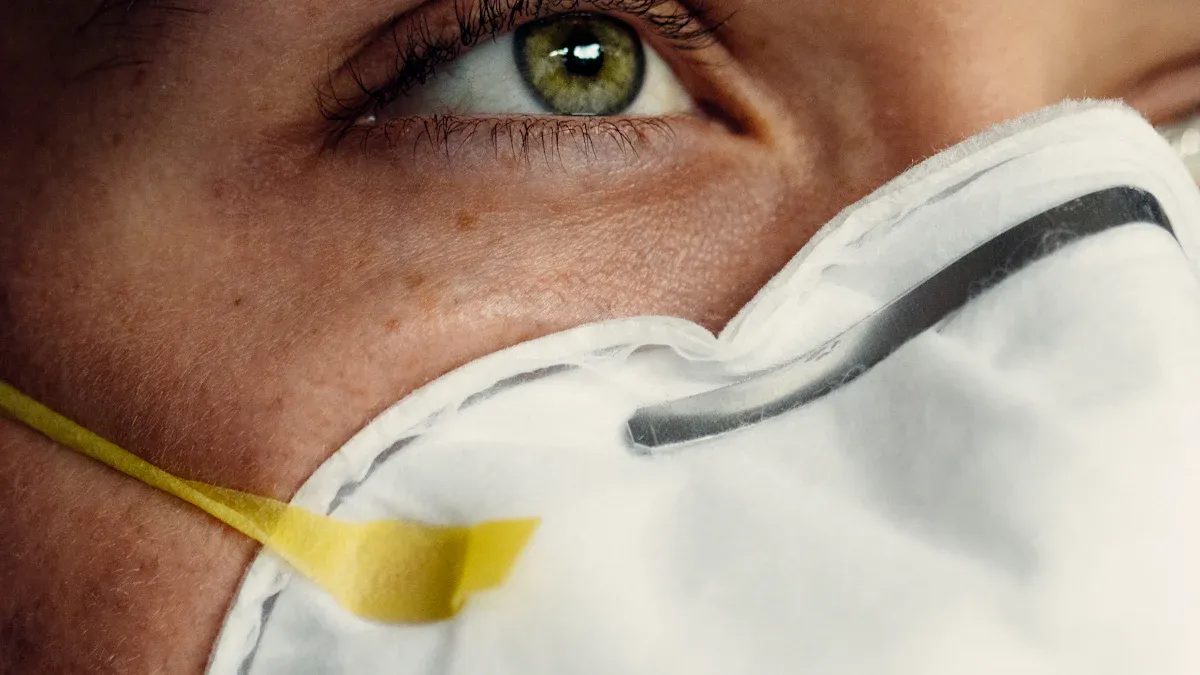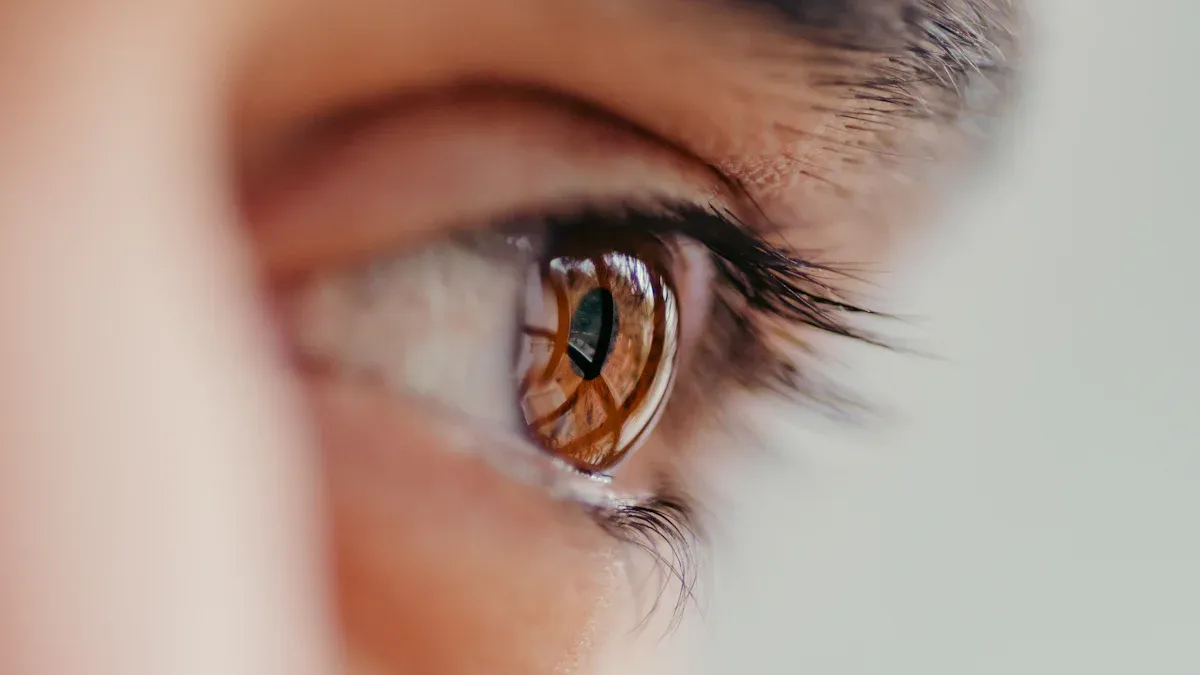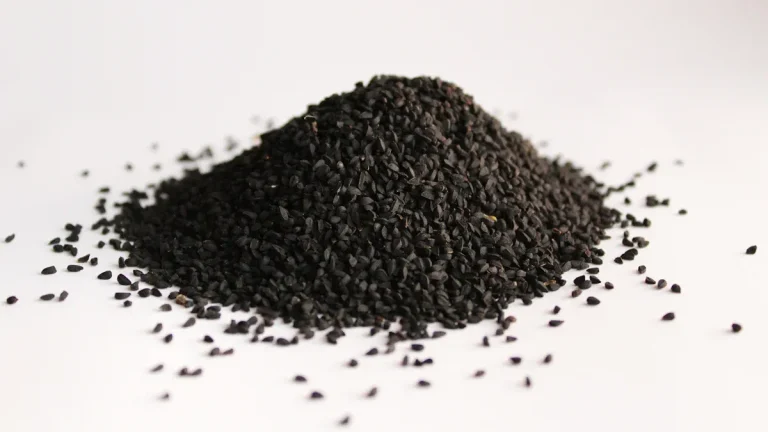
A stye is a small, painful bump that forms on your eyelid due to an infected oil gland. Common symptoms include swelling, redness at the edge of the eyelid, and tenderness. If you want to get rid of a stye, home remedies like warm compresses can help. However, don’t hesitate to seek medical help if symptoms persist.
Key Takeaways
Use warm compresses 3-6 times a day to help drain the stye and reduce swelling.
Maintain good eyelid hygiene by washing your hands and cleaning your eyelids daily to prevent styes.
Seek medical help if your stye is painful after several days or if you notice changes in your vision.
Stye Treatments

Warm Compresses
One of the best ways to treat a stye is by using warm compresses. This simple method can provide significant relief and help speed up the healing process. Here’s how it works:
Promotes drainage: Applying a warm compress encourages the stye to open and drain, which can help reduce the bump.
Reduces inflammation: The heat from the compress helps to shrink the swelling, making your eyelid feel more comfortable.
Unclogs glands: Warmth can unclog the infected oil glands, allowing for better drainage.
For optimal results, you should apply a warm compress 3-6 times a day. Each session should last between five to ten minutes. Just make sure the compress isn’t too hot to avoid burning your skin.
Tip: You can create a warm compress by soaking a clean cloth in warm water, wringing it out, and placing it gently over your closed eyelid.
Over-the-Counter Options
If warm compresses don’t do the trick, you might consider over-the-counter stye treatments. These products can help alleviate symptoms and promote healing. However, be cautious when using them. Here are some things to keep in mind:
Possible side effects: Some people experience eye pain, changes in vision, or continued redness and irritation. In rare cases, you might have an allergic reaction, which can cause rash, swelling, or difficulty breathing.
Effectiveness: While over-the-counter treatments can be helpful, they may not work as quickly as prescription options. Home remedies like warm compresses are often effective in treating styes by helping to drain pus and reduce swelling. Most styes resolve on their own within 7-10 days, so if you don’t see improvement, it might be time to consult a doctor.
Using a combination of warm compresses and over-the-counter treatments can often provide the relief you need. Just remember to monitor your symptoms closely and seek medical advice if things don’t improve.
How to Get Rid of a Stye

Eyelid Hygiene
Keeping your eyelids clean is essential to prevent and get rid of a stye. Good eyelid hygiene helps reduce bacteria and keeps oil glands functioning properly. Here are some simple steps you can follow:
Wash your hands: Always start with clean hands to avoid introducing more bacteria.
Use a gentle cleanser: You can use baby shampoo mixed with warm water to clean your eyelids. This helps remove any debris or oils that could lead to infection.
Daily cleaning: Make it a habit to clean your eyelids and eyelashes every day. This practice can significantly reduce the chances of developing a stye.
Tip: If you wear makeup, make sure to remove it thoroughly every night. Old makeup can harbor bacteria that contribute to stye formation.
Gentle Massage Techniques
Gentle eyelid massage can also help relieve a stye. This technique encourages the release of solidified oils from the meibomian glands, which is crucial for stye relief. Here’s how to do it:
Apply a warm compress: Start by placing a warm compress on the affected area for about 30 seconds. This helps soften the oils.
Massage gently: Using your fingertip, apply gentle pressure around the stye. Move in circular motions to encourage drainage. Aim to do this 3-4 times a day.
This combination of eyelid hygiene and gentle massage can significantly speed up your recovery and help you get rid of a stye more effectively.
When to Seek Help
Persistent Symptoms
If your stye hasn’t resolved or seems to be getting worse, it’s time to see a doctor. Ignoring persistent symptoms can lead to more serious issues. Here are some signs that indicate you should seek medical attention:
The stye remains painful after several days of home treatment.
You notice increased swelling or redness around the eye.
Pus or discharge continues to ooze from the stye.
These symptoms are crucial to monitor. Untreated infections can escalate, potentially affecting your vision.
Vision Changes
Changes in your vision are another red flag. If you experience any of the following, don’t hesitate to consult a healthcare professional:
Blurred vision or difficulty seeing clearly.
Light sensitivity that wasn’t present before.
Any unusual visual disturbances.
These issues can arise if the stye grows larger or if complications develop.
If you leave a stye untreated, you might face several complications. Here’s a quick overview of what could happen:
Complication | Description |
|---|---|
Preseptal cellulitis | An eye infection that can occur if chalazia go untreated, potentially damaging the eyelid. |
Visual disturbances | Large chalazia can press against the cornea, disrupting vision and potentially causing astigmatism and corneal aberrations. |
Increased risk of complications | Risks significantly increase if chalazia are larger than 5 mm, warranting consideration for removal. |
In rare cases, untreated styes can lead to more severe conditions, such as:
Cellulitis: This can spread to other areas of the eye.
Severe cases: In very rare instances, the infection could potentially reach the brain.
If you notice any of these complications, it’s essential to seek medical help promptly. Remember, early intervention can prevent more serious issues down the line.
In summary, treating a stye often involves effective home remedies like warm compresses and maintaining eyelid hygiene. While these methods can help, don’t hesitate to seek medical attention if symptoms persist. Remember to take proactive steps for your eye health, such as keeping your eyelids clean and avoiding sharing makeup. Your eyes deserve the best care!
FAQ
What causes a stye?
A stye usually forms due to a bacterial infection in an oil gland on your eyelid.
Can I wear makeup with a stye?
It’s best to avoid makeup until the stye heals to prevent irritation and further infection.
How long does a stye last?
Most styes resolve within 7-10 days with proper care and treatment. If it persists, consult a doctor.


